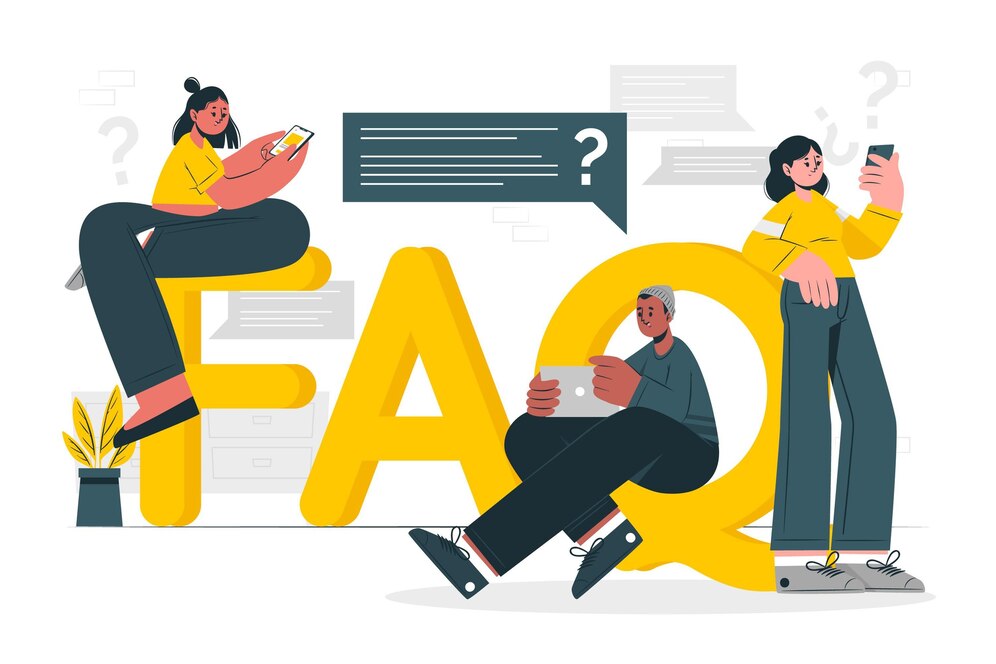Table of contents
Basketball is more than just a sport. It’s a multi-billion-dollar industry that attracts fans from all corners of the globe. As one of the most lucrative professional sports leagues in the world, the business of basketball is an intricate network of player salaries, endorsement deals, merchandise sales, and the rising values of basketball teams. While the players on the court receive the spotlight, the economic engine behind the game is just as fascinating. From skyrocketing player salaries to high-stakes team valuations, the business side of basketball is a testament to the sport’s massive global appeal.
In this blog post, we’ll take an in-depth look at the key factors driving the business of basketball, including player salaries, endorsement deals, and the growing value of basketball franchises. We’ll explore how these elements have reshaped the financial landscape of the sport, making it one of the richest entertainment industries worldwide.
Player Salaries: The Rising Cost of Elite Talent
The most prominent aspect of the business of basketball is undoubtedly player salaries. Thanks to lucrative television deals, massive fan engagement, and brand sponsorships, NBA players are among the highest-paid athletes in the world. Over the past few decades, the NBA has seen a significant increase in player compensation, with the average salary for a professional basketball player reaching unprecedented heights.
The NBA Salary Cap System
One of the key factors influencing player salaries is the salary cap system. Introduced in the NBA in 1984 as part of the collective bargaining agreement, the salary cap limits how much a team can spend on player salaries during a season. This system is designed to promote parity by ensuring that no team can monopolize talent by paying exorbitant salaries. However, with the increase in league revenues, the salary cap continues to rise, leading to even higher player salaries.
The maximum salary a player can earn is determined by this cap and depends on a variety of factors such as years of experience and contract negotiations. As a result, superstars like LeBron James, Kevin Durant, and Stephen Curry are able to command contracts worth hundreds of millions of dollars over the span of their careers.
Contracts and Bonuses
Apart from base salaries, players often negotiate performance bonuses, which can be based on team success, individual statistics, or playoff performance. Endorsement deals (discussed later) also significantly add to a player’s total earnings, often surpassing their actual salary.
Endorsements: A Lucrative Side Hustle
Endorsement deals have become an essential part of the business of basketball, elevating players to the status of global icons and significantly increasing their wealth. The most successful basketball players earn tens of millions of dollars each year from endorsements with major brands like Nike, Adidas, and Under Armour.
The Role of Endorsements in Basketball’s Financial Ecosystem
Endorsement deals offer companies a unique way to connect with a global audience. Basketball players, especially those in the NBA, have an international following, making them ideal ambassadors for brands seeking to expand their reach. As a result, deals with major athletic brands, car manufacturers, and even luxury products have become an important income stream for top players.
For instance, Michael Jordan remains one of the highest-earning athletes of all time, primarily due to his long-running partnership with Nike. The Air Jordan line continues to generate billions of dollars in sales annually, cementing his legacy in both the basketball and business worlds. Similarly, athletes like LeBron James and Kobe Bryant have built expansive endorsement portfolios, contributing to their status as billion-dollar athletes.
These deals also extend beyond the court. Players can leverage their popularity to sign endorsement contracts with non-sporting companies, including tech firms, soft drinks, and even video game developers. The resulting advertising campaigns often feature athletes as not only role models but also as aspirational figures, which further solidifies their brand power.
Emerging Platforms and New Revenue Streams
Social media has also played a role in changing the endorsement landscape. Players now have the ability to promote products directly to their millions of followers on platforms like Instagram, Twitter, and TikTok. This direct-to-consumer approach has opened up new revenue streams, allowing athletes to earn money through social media partnerships and content creation in addition to traditional endorsement deals.
Team Values: The Business of Basketball Franchises
In the past few decades, basketball franchises have seen their values soar. While team values vary greatly depending on location, success, and market size, NBA teams are now some of the most valuable sports franchises in the world.
The Rise in Team Values
The business of basketball has experienced a dramatic increase in team valuations, largely driven by the growing popularity of the sport, lucrative TV contracts, and the continued success of the NBA. Teams like the New York Knicks, Los Angeles Lakers, and Golden State Warriors have consistently ranked among the most valuable teams in the world.
The growing global fanbase and the league’s high-profile international reach have also driven up the value of NBA teams. In 2021, Forbes reported that the average NBA team was worth over $2.4 billion, up from $1.9 billion just a year earlier. The rising value of these franchises has created an ecosystem where team owners are increasingly willing to invest in player talent, facilities, and marketing strategies to increase revenue and maintain their status.
Media Deals and Revenue Sharing
A significant portion of a team’s value is derived from media rights and television contracts. The NBA’s current broadcast deal, worth over $24 billion, ensures that teams receive substantial revenue from TV rights and digital media. The revenue-sharing model within the league also allows smaller-market teams to remain financially competitive with larger-market teams, which helps maintain balance and excitement across the league.
Team values are further boosted by corporate sponsorships, ticket sales, merchandise, and even stadium naming rights. As franchises expand their reach globally, particularly in emerging markets like China and India, these revenue streams will continue to increase, leading to even higher valuations.
The Financial Impact of the COVID-19 Pandemic on Basketball
The COVID-19 pandemic had a significant impact on the business of basketball, as it did for most major sports. With games being suspended, teams playing without fans, and revenue from merchandise, tickets, and media rights being disrupted, many teams faced financial strain.
However, the NBA adapted quickly by introducing a bubble environment and resuming the season in a limited capacity, which helped minimize financial losses. The league also capitalized on digital platforms, launching virtual fan experiences and enhancing its online presence, ensuring the business of basketball continued to thrive even amidst global challenges.
Frequently Asked Questions (FAQ)

NBA players earn money through endorsement deals, merchandise sales, and social media partnerships. Many players sign lucrative contracts with companies like Nike, Pepsi, and more, supplementing their salaries significantly.
Player salaries are determined based on a salary cap system, with maximum and minimum salary limits based on a player’s experience and the collective bargaining agreement between the NBA and the players’ union.
NBA team values are influenced by revenue from media rights deals, ticket sales, corporate sponsorships, merchandise, and global fan engagement. Additionally, the brand strength of major teams and their ability to attract top talent boosts their value.
Players like LeBron James, Michael Jordan, and Kobe Bryant have historically been the highest-earning athletes from endorsements. LeBron James, in particular, continues to sign high-profile deals with companies such as Nike, Coca-Cola, and Beats by Dre.
The pandemic disrupted the NBA’s revenue streams due to game suspensions and the absence of in-person fans. However, the league adapted by introducing a “bubble” and leveraging digital platforms, helping to mitigate financial losses.
Final Thoughts
The business of basketball is an ever-evolving and lucrative sector, with player salaries, endorsement deals, and the rising value of basketball franchises driving its global appeal. As the sport continues to grow in popularity and attract new revenue streams, basketball will remain one of the most financially powerful sports industries in the world. From player compensation to team valuations, understanding the financial side of basketball adds a new layer of appreciation for the game, showing how deeply it is intertwined with global culture, commerce, and entertainment.




